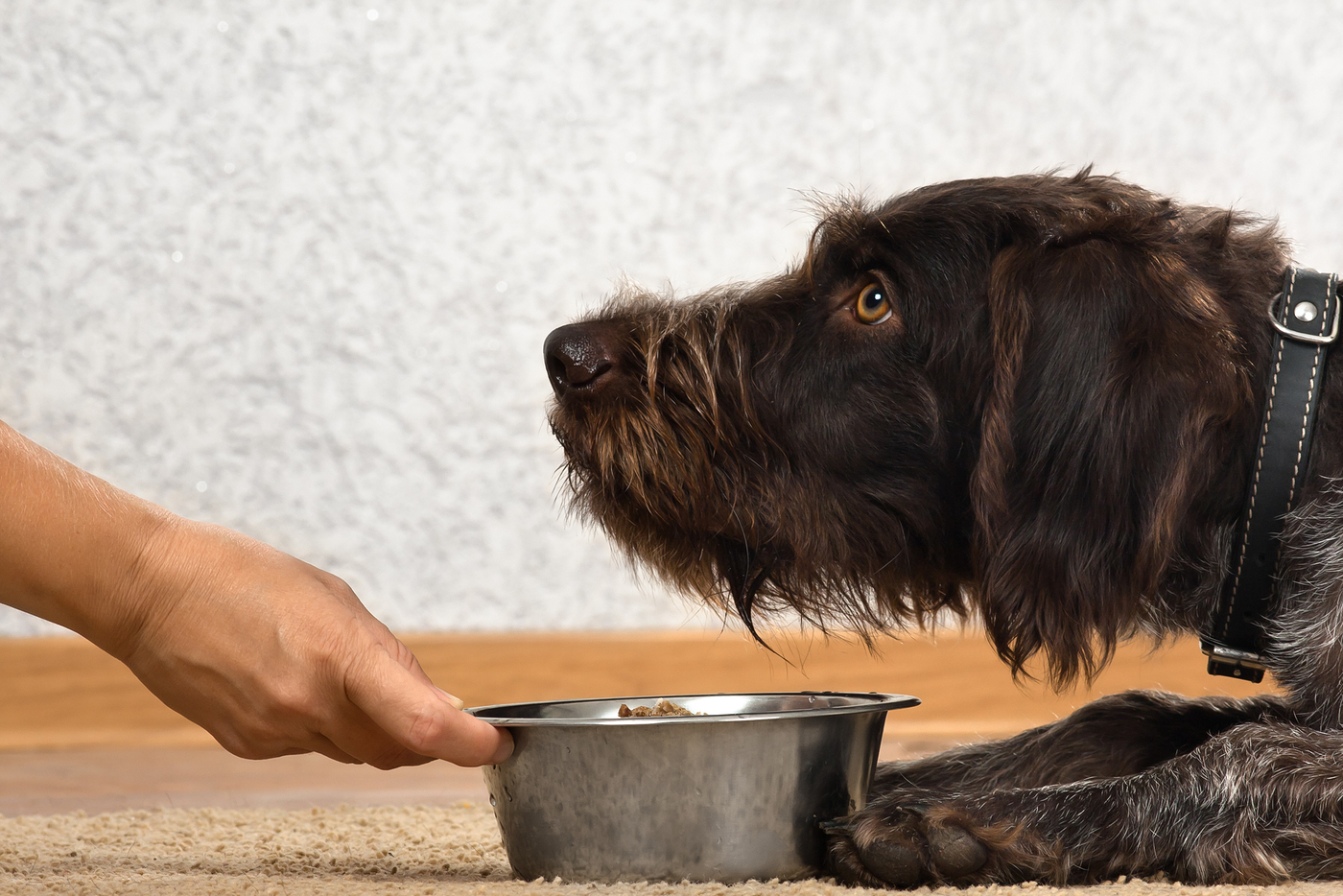Blog

Identifying Your Dog’s Food Allergies and Sensitivities

Dogs and humans are similar in many ways that you may not notice. Dogs, for example, may become allergic to specific stimuli in their surroundings. Dogs, like people, may be allergic to a variety of things, including food additives.
Food sensitivities in dogs, which are not allergic reactions but cause some of the same symptoms, may also occur. The fundamental strategy for treating your dog’s allergy or sensitivity is the same.
What Is the Difference Between Food Allergies and Sensitivities?
A food allergy is an immunological reaction to a specific food or one of its ingredients. For unknown reasons, the immune system misidentifies an innocuous chemical as one that might cause illness and responds to it as if it were battling an infection. The response occurs extremely fast after exposure, generally within 24 hours on the outside but sometimes within a few minutes.
With food sensitivities, your dog gradually develops sensitivity to an offending element. Despite the fact that the symptoms are occasionally identical, there is no immunological response. Food sensitivities are much more frequent in dogs than actual food allergies. People sometimes refer to food sensitivities in their pet dogs as allergies since the results are similar.
What Are Food Allergies and Sensitivities Symptoms?
The most frequent signs of food allergies and sensitivities in dogs overlap somewhat. They often suffer itchy skin or gastrointestinal problems such as diarrhea, vomiting, and excess gas in both situations.
Hives may cause skin itching in your dog if he has an allergy. Hives, also known as urticaria, are itchy red spots on the skin that are easier to see if your dog has short hair. Your dog’s ears, eyes, or lips may enlarge as a result of an allergy. While an allergy may cause a dog to fall into anaphylactic shock, allergic responses in dogs are seldom severe enough to be life-threatening.
If your dog’s skin is itching, all of her scratching, licking, and biting might tear the skin and expose her to infection. If your dog has persistent paw or ear infections, the cause is most likely a food sensitivity rather than an allergy.
Which Ingredients Are the Most Likely to Cause Food Allergies or Sensitivities?
Almost any component or addition in your dog’s food might trigger sensitivity or an allergic response. The most prevalent causes, however, are proteins present in the following foods:
- Gluten
- Soy
- Eggs
- Chicken
- Milk and dairy products
- Lamb
- Beef
These are frequent components in a wide range of dog meals.
What Is the Best Way to Treat Food Allergies and Sensitivities?
Steroids or other drugs may give some short-term relief in an allergic dog. In the uncommon occasion that your dog has a severe response, he may need immediate medicine to counteract it. However, avoiding contact to the chemical that causes the responses is the best method to manage both allergies and sensitivities to food in dogs. To do this, you must first establish what is triggering the response, which necessitates placing your dog on an elimination diet.
What Exactly Is an Elimination Diet?
The first step in an elimination diet is to transition your dog to a hypoallergenic food produced with elements he has never seen before. Make a note of the components on the label of your dog’s existing food to ensure that there are no duplicates in the new food. Your dog will need to continue eating the new hypoallergenic food for two or three months to ensure that all of the harmful elements have been eliminated and he is no longer experiencing symptoms.
After your dog’s symptoms have subsided for a few months, you may begin reintroducing suspected issue items into her diet one at a time. Once she experiences a response, you will know which component is causing your dog’s symptoms and will be able to avoid giving it to her in the future.
The effectiveness of the elimination diet is dependent on ensuring that your dog does not accidently consume any problematic ingredients. This means you should double-check the contents in his treats to ensure they don’t include anything that might aggravate your dog’s symptoms.
The elimination diet might be time-consuming, but the results are only reliable if you approach it with patience and perseverance. You won’t know which of the harmful ingredients is causing his symptoms if you introduce them all at once. On the other hand, if you remove everything without first testing to see what is causing the symptoms, you restrict your options for both you and your dog, perhaps depriving him of a healthy source of nutrients.
Is There Anything You Can Do To Help Your Dog Avoid Food Allergies and Sensitivities?
According to one idea, exposing dogs to the same protein in their meal all the time might lead them to become over-sensitized. It may be able to avoid this by methodically rotating a greater range of meals in your dog’s diet. However, since no one knows for certain what causes food allergies in dogs, it is impossible to say if this would be successful.
If you believe your dog has a food allergy or sensitivity, see your veterinarian right away. He or she can rule out any other possible reasons of your dog’s symptoms and provide a treatment plan.
Petstup is an official seller of the many well-known pets brands, focused on improving the lives of pets, pet parents and our partners. We proudly offer a large variety of pet nutrition products and supplies competitively priced for dogs, cats, reptiles, fish, birds and small animals. Petstup is your one stop shop for all your pet’s needs. All our products are authentic, and pass all mandatory United States standards and veterinary practices. We run several warehouses across the United States to serve you better and faster.























